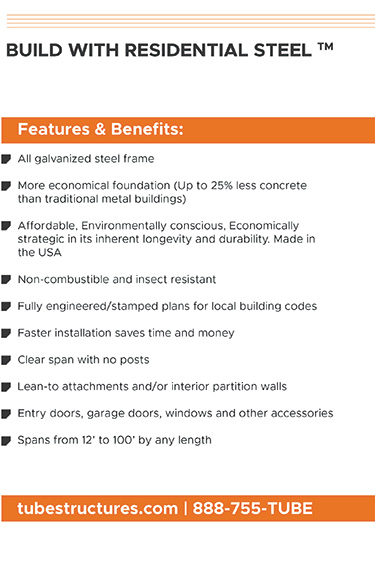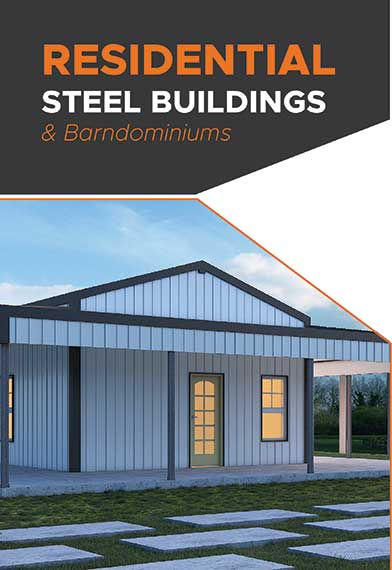Prefabrication, modular construction study is released by Dodge Data
- September 29, 2020
- Posted by: Alan Hageman
- Category: News

Dodge Data and Analytics released findings of its study, Prefabrication and Modular Construction 2020 SmartMarket Report, published with support from Chicago-based Bradley Corp., the Modular Building Institute, Houston-based Pinnacle Infotech Inc., Mechanical Contractors Association of America (MCAA) and Chicago-based Skender.
The report was produced to provide a comprehensive examination of the state of, and future expectations for, prefabrication and modular construction. The report covers critical drivers, obstacles and benefits based on insight from architects, engineers and contractors.
The report shows that architects, engineers and contractors that have used these methods plan to significantly increase their engagement with them, especially for health care facilities, hotels and motels, multifamily projects, and college buildings and dormitories, which are at the vanguard of the new wave of interest in these methods. Critical trends in the construction industry, such as shorter project schedules and workforce shortages, are several drivers of wider use of these methods, and technology, like building information modeling, is enabling increased use.
In order to better understand the critical drivers and obstacles for using these methods and the benefits achieved, the study focuses on the architects, engineers and contractors that are already using them. According to the study, methods in use include:
Prefabricating single-trade assemblies (such as plumbing assemblies behind the wall in hospital rooms) is widely practiced, with 62% of respondents using prefabricated single-trade assemblies in the last three years.
- 48% of those doing modular are using panelized modular components (such as wall or floor panels).
- Use of each of these methods is also expected to increase in the next three years, with the percentage of those leveraging them on 10% or more of their projects nearly 15 points higher than present use.
- However, most interesting growth is expected in practices less widely used now:
- Prefabricated multi-trade assemblies, which involve the work of several trades combined together (such as a corridor rack in a hospital) will be used by 58% of those doing prefabrication in general, up dramatically from the 33% using this approach.
- Equally dramatic growth is seen among those doing modular construction in the use of full volumetric approach, in which entire parts of buildings (such as bathrooms or hotel and hospital rooms) are delivered preconstructed onsite and assembled together. A striking 61% expect to employ that method at least 10% of their projects in the next three years, up from just 44% of those doing modular construction who report using this method.
“It comes as no surprise to us that more developers and GCs plan to use modular construction over the next few years,” said Tom Hardiman, executive director at the Modular Building Institute. “The lack of adequate housing and the shortage of skilled labor, coupled with chronic cost and schedule overruns are leading more people towards this process.”
Benefits include:
- About 90% report that they achieve improved productivity, improved quality and increased schedule certainty when using these methods compared to traditional stick-built construction.
- 80% or more also report that they see improved cost predictability, reduced waste and increased client satisfaction.
- Improved schedule performance, decreased construction costs and improved quality are also the top drivers for increasing their use of prefabrication and modular construction in the next three years.
“Dodge’s research clearly shows that prefabrication and modular construction are providing significant improvements and efficiencies, and charting a new course in our industry,” said Jon Dommisse, director of strategy and corporate development at Bradley. “Throughout our almost 100 years, Bradley has kept a close eye on emerging trends that impact our business and customers. We appreciate the partnership with Dodge in helping us examine innovative opportunities to hone our business strategy.”
The use of building information modeling (BIM) is also tied to the experience of those benefits. Among those using BIM on the majority of their projects, 60% credit it with improving the schedule performance of their prefabricated or modular projects, and 50% with improving budget performance.
“BIM improves the prefabrication and modular process by providing the means to accelerate the design early enough to take advantage of these approaches and then offering certainty during the entire process,” said Steve Jones, senior director of industry insights at Dodge Data and Analytics. “Having these tools helps enable the industry to invest more in the use of multi-trade assemblies and volumetric construction in particular, and may be contributing to the strong growth expected in these areas.”
The greatest growth in the use of these methods will be in building types in which they are already well established, such as health care facilities, hotels and motels, multifamily and college buildings and dormitories. However, some expect low-rise offices, K-12 schools, public buildings and commercial warehouse to experience a high frequency of use of prefabrication or modular construction.
To download the Prefabrication and Modular Construction 2020 SmartMarket Report, visit www.construction.com/toolkit/reports/prefabrication-modular-construction-2020.


